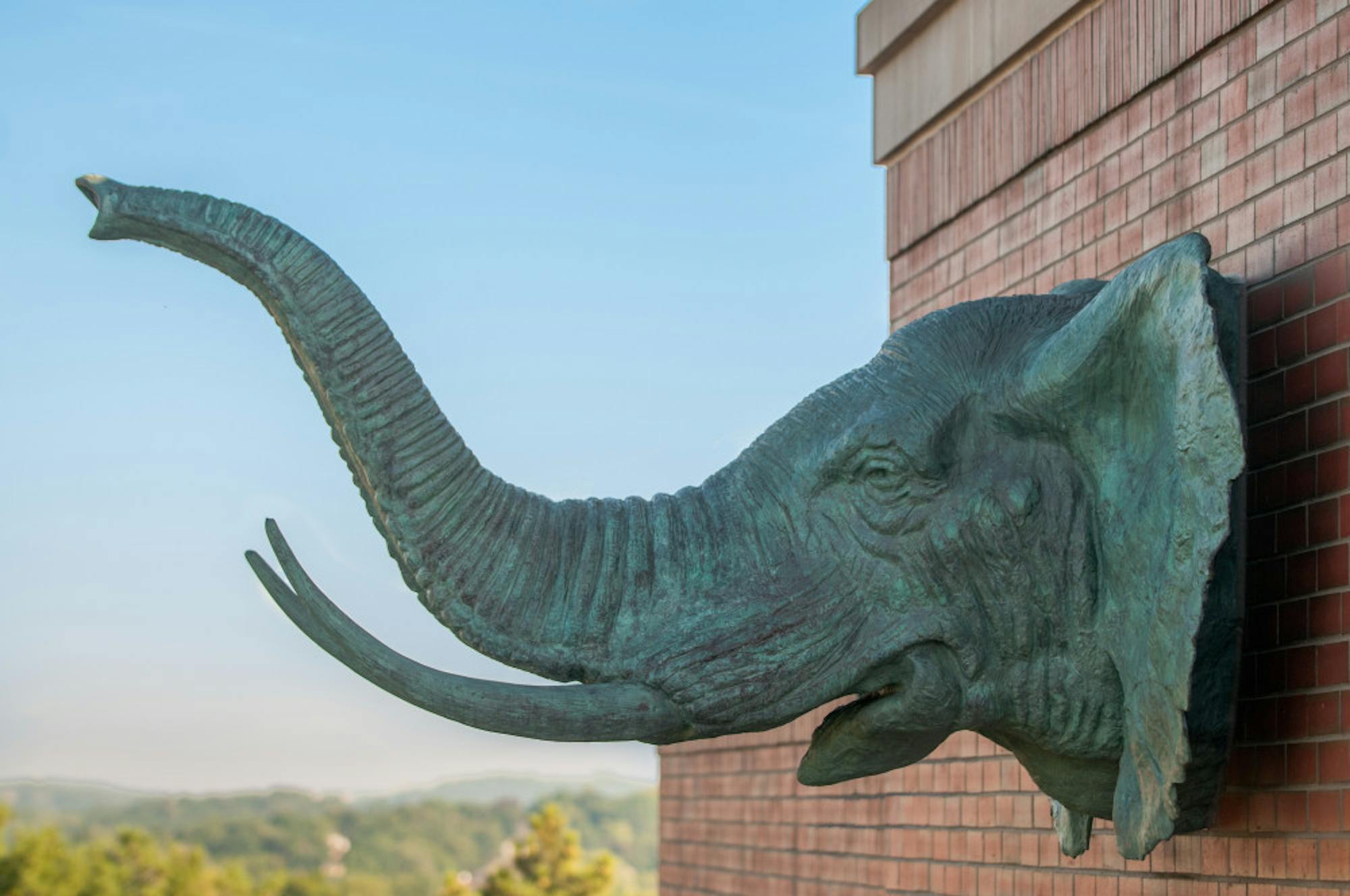During tours and first-year orientations, we all get the standard introduction to Tufts history and lore, mostly regarding the legend of Jumbo and his tail. If the guide is feeling particularly deep, they will recite Charles Tufts’ famous line when asked what he would do with “that bleak hill over in Medford.”
“I will put a light on it.”
As nice of a story as this is, an understanding of Tufts isn’t complete without its multifaceted history. As members of the greater Tufts community, we owe it to ourselves to engage critically with the history of the land around us.
When we think of history, we think of middle school quizzes asking us to name the three main differences between the Federalist and Anti-Federalist parties. In this context, it's easy to scoff at the ivory tower discipline inapplicable to daily life. When we travel to somewhere 'historic,' however, we realize that geographic history matters, as when we charge up Bunker (in reality Breed’s) Hill and yell, “Don’t fire until you see the whites of their eyes.”
At Tufts, discovering history is a bit more difficult. We tend to think that a history here begins with orientation and ends with graduation or is locked up in some dusty books in the history department. However, the history around us serves as a record of America’s dark racial past, as well as a predecessor for our own modern progressivism. At one point, the land around Tufts served as a slaveholding plantation, and at another, a site of the violent fight against slavery.
It must be noted that before European colonization, the Boston area was home to the Massachuset people. In the summers, they lived and fished around the natural harbor of Quonehassit, now Boston Harbor. During the frigid New England winters, they moved up the Charles and Mystic Rivers to the surrounding hills.
During early English colonization, the land surrounding Tufts was no stranger to slavery. Isaac Royall, owner and proprietor of the Royall House (just over a quarter mile from Cousens Gym), was part of one of the largest slaveholding families in the Thirteen Colonies. In the years preceding the American Revolution, slaves tended the land where we now play soccer, lacrosse and baseball. Perhaps, if they had a spare hour, they enjoyed the breeze and view at the top of Walnut Hill as we do now on Tisch roof. Belinda Sutton, one of Royall’s former slaves, repeatedly sought financial reparations for her servitude from the Royall estate from 1783 to 1793. Her petitions to the Massachusetts General Court are some of the first writings by an African-American woman. Today, the Royall House and Slave Quarters is a museum to the plantation's barbaric history, right on George Street.
In the mid-1800s, the lands surrounding Tufts were home to the abolitionist fervor that gripped many in New England. Medford-born George Luther Stearns, a descendant of Puritans, lived on his estate where Cousens Gym now stands. As many still do, he commuted into Boston for work as a businessman. He and his wife Mary were fervent abolitionists and housed escaped slaves on the Underground Railroad on their way to Canada. The Stearns also hosted the abolitionist John Brown at their estate numerous times. Mary Stearns was so taken with his cause that the Stearns supported Brown with pikes and rifles in his 1859 raid on Harpers Ferry.
These are just a few stories of the many years that Tufts has endured. Today, we’re still pushing the edge of social justice, just as Mrs. Sutton and George and Mary Stearns did. However, it’s important to recognize the dance of privilege and power that has made its impact on the land around us for hundreds of years. You don’t have to be a history major to engage with the past. The hard work has already been done by the historians, archivists and archaeologists of various organizations like the Tufts Digital Collections and Archives, the African American Freedom Trail Project, and the Royall House and Slave Quarters for all of us to enjoy.
We must understand the history of the land we live, work and study on. So the next time you walk past the front of Cousens Gym, look for a small boulder with a plaque or check out the bearded busts by the Tisch Library reading room entrance. That’s all you need to reach back to the Tufts of 1853.
Op-Ed: Tufts history

The elephant head statue that adorns the entrance to Dowling Hall, home of the Career Center, is pictured on Aug 20, 2014.





